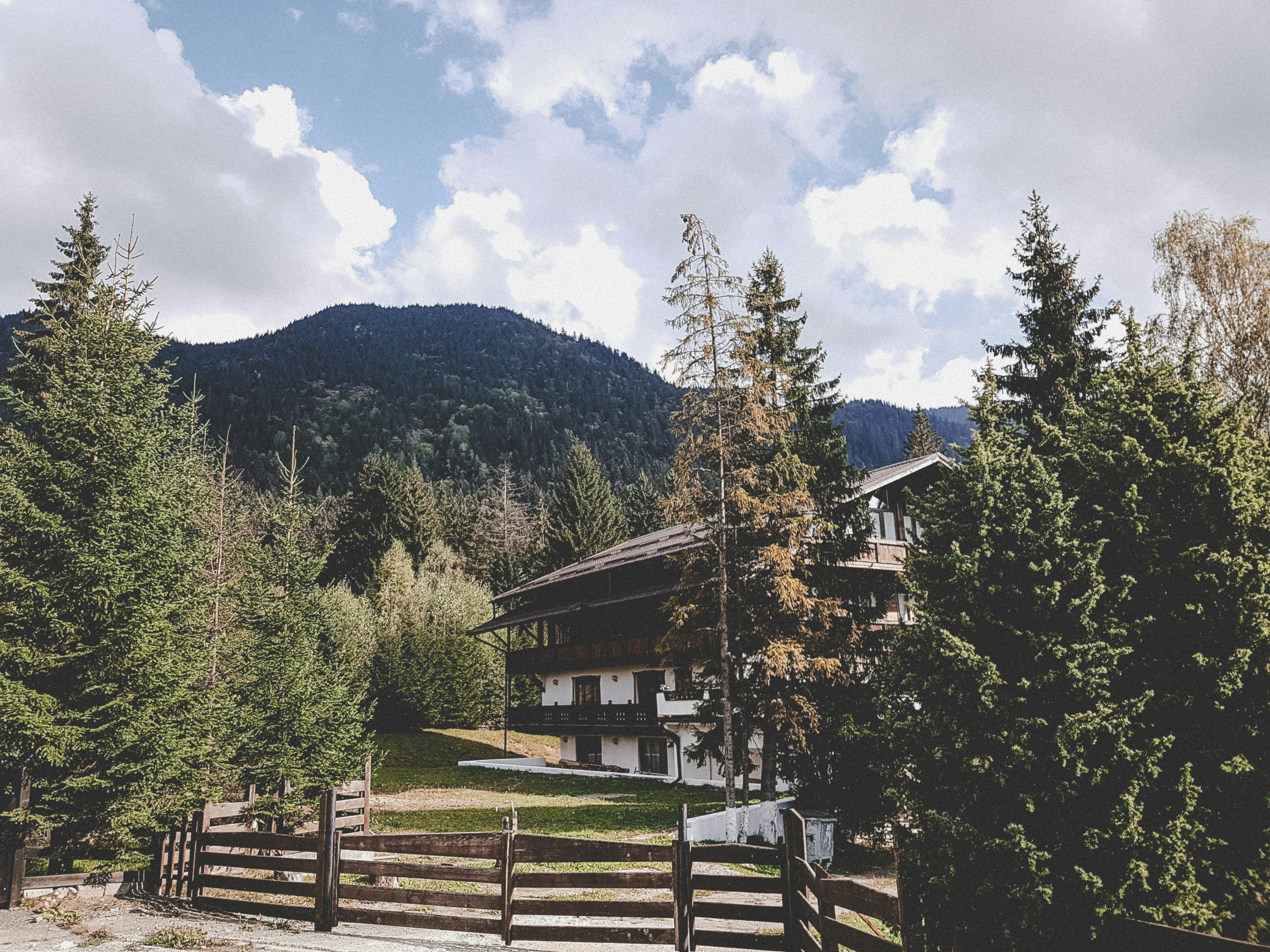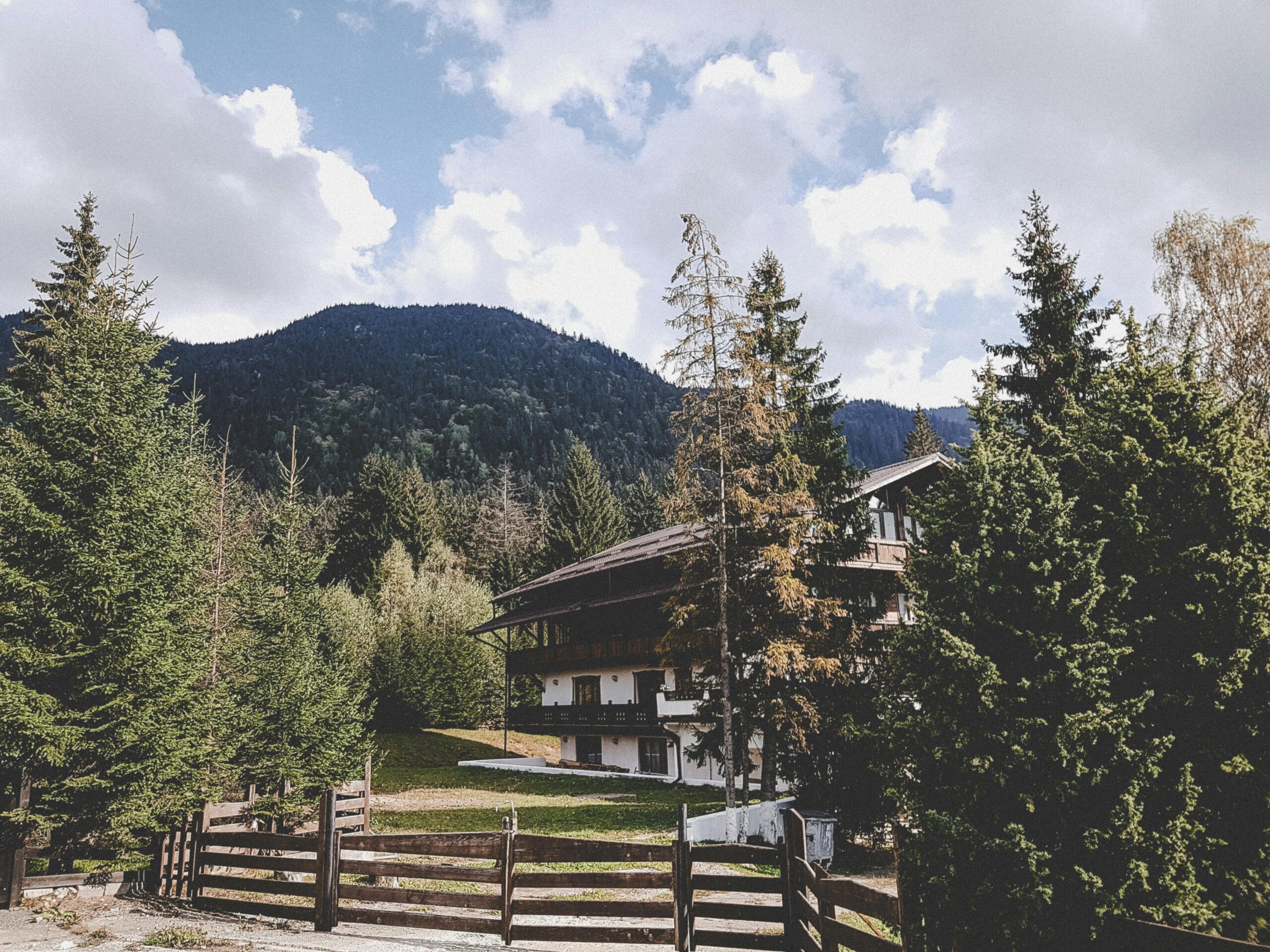Designing and Cultivating Beautiful Hill Gardens
Hill gardens offer an enchanting way to transform uneven landscapes into breathtaking outdoor retreats. With increasing interest in sustainable landscaping and efficient space usage, hill gardens have become a popular solution for homeowners and designers alike. In this guide, you’ll discover the principles, practical tips, and advanced techniques to design and maintain a thriving hill garden.

Understanding the Fundamentals
Hill gardens, also known as sloped or terraced gardens, utilize inclined land to create layered planting beds, walls, or steps. This approach not only maximizes space but also prevents erosion and improves water retention. The concept has evolved from traditional hillside farming to modern landscape architecture that merges form with function.
Understanding these fundamentals is essential to building a stable, visually appealing hill garden. Think of a hill garden as a multi-level stage where every plant plays a unique role depending on its altitude, exposure, and soil conditions.
1.1 Terracing and Retaining Structures
Terracing is the process of carving steps into a slope and supporting them with retaining structures like stone walls or timber. According to landscaping studies, terracing significantly reduces soil erosion and water runoff, which are common issues on sloped land.
Real-world applications include vegetable beds on hilly farms or floral terraces in residential areas. A common misconception is that terracing is only for large properties, but small-scale versions are effective in urban gardens too.
1.2 Drainage and Soil Stability
Unlike flat gardens, hill gardens require strategic planning for water movement. Proper drainage systems, such as French drains or perforated pipes, ensure that water does not pool or erode key areas.
Healthy soil is critical—use mulch and compost to boost structure and retain moisture. Planting groundcovers also helps hold soil in place, reducing the risk of landslides in high-rainfall areas.
Practical Implementation Guide
Now that we’ve explored the basics, let’s dive into how to bring a hill garden to life. Whether you’re a beginner or a seasoned gardener, these strategies will help you execute your vision efficiently and effectively.

2.1 Actionable Steps
- Site Evaluation: Determine the slope gradient, sun exposure, and existing vegetation before designing.
- Build Retainers: Use stone, brick, or wood to build stable terraces that double as design elements.
- Layer Plants Strategically: Place tall plants higher and cascading varieties lower to enhance visual flow.
2.2 Overcoming Challenges
Common obstacles in hill gardens include poor soil retention, water runoff, and limited access for maintenance. Use these solutions:
- Problem: Erosion — Solution: Install terraces and plant deep-rooted species
- Problem: Uneven sunlight — Solution: Group plants by light needs
- Problem: Access — Solution: Add pathways or steps made from gravel, wood, or stone
Experts recommend regular mulching and integrating organic compost to keep plants healthy and reduce maintenance time.
Advanced Applications
Once you’ve established a functional hill garden, you can explore advanced landscaping and ecological practices to elevate its impact. These methods work best when your garden has matured and infrastructure is in place.

3.1 Vertical Gardening on Slopes
Vertical gardening uses wall-mounted planters or stacked beds to enhance vertical space. A 2022 report found vertical gardens increase biodiversity and reduce heat in urban zones. Use trellises for vining plants or modular containers to grow herbs, flowers, or small fruits.
3.2 Integrating Irrigation Systems
Hill gardens benefit greatly from drip irrigation or gravity-fed watering systems. These can be connected to rain barrels or timers for efficiency. Compatibility with smart irrigation controllers also allows remote monitoring and optimization.
Future Outlook
The future of hill gardening is promising, driven by sustainability, climate resilience, and the desire for aesthetic outdoor spaces. Innovations like self-watering planters, solar-powered garden lights, and biodegradable retaining walls are gaining traction.
Experts predict a 15% increase in hill garden adoption in urban planning projects over the next five years. Now is the perfect time to explore this trend and prepare for environmentally friendly design innovations.
Conclusion
Hill gardens combine beauty, practicality, and sustainability. Key takeaways include understanding terracing fundamentals, using proper drainage, and applying layered planting techniques. Advanced tools like vertical systems and smart irrigation can further enhance results.
Ready to get started? Begin by assessing your landscape and sketching your first terrace layout. With a thoughtful approach, even a steep slope can become a lush, inviting garden sanctuary.
Frequently Asked Questions
- Q: What is a hill garden? A hill garden is a landscaped area on a slope that uses terraces, retaining walls, and strategic planting to create a stable and attractive outdoor space.
- Q: How do I start building a hill garden? Begin by analyzing your slope, planning terraces, and selecting erosion-resistant plants. Start small and expand gradually.
- Q: How much time does it take to maintain? Basic maintenance takes 1–2 hours per week depending on garden size and complexity. Add time for seasonal tasks like mulching or pruning.
- Q: Is it expensive to create a hill garden? Costs vary from $500 for DIY options to $5,000+ for professionally designed landscapes. Materials and slope difficulty affect pricing.
- Q: How do hill gardens compare to flat gardens? Hill gardens offer better drainage and unique design opportunities but require more structural planning. Flat gardens are easier for beginners.
- Q: Are hill gardens hard to build? They require planning and effort, especially with retaining walls and drainage. However, phased implementation can simplify the process.
- Q: Can I use hill gardens in commercial landscapes? Absolutely. Hill gardens are ideal for resorts, public parks, and eco-developments where aesthetics meet function.
